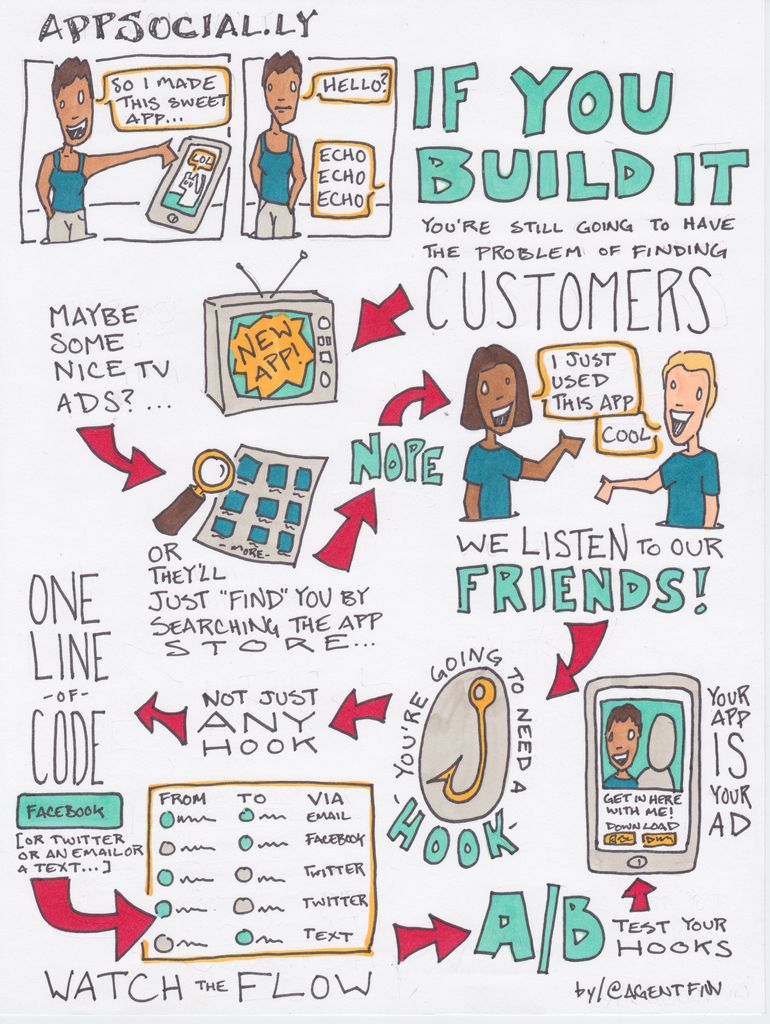AI-Integrated Surveillance Systems Monitor Health and Safety Standards Closely
Harnessing AI for Health, Safety, and Compliance
Trace the evolution of workplace video surveillance as it moves beyond security and into the realms of health, safety, and regulatory compliance. The enhanced image quality and connectivity of digital IP cameras have opened doors for businesses across sectors to leverage their CCTV investments in innovative ways.
One such innovation resides in AI-powered machine vision, enabling live video analysis for a myriad of applications, from analyzing retail traffic to streamlining factory workflows.
John Doe, Head of Product at Rapid, highlights enforcing health and safety regulations as a prime use case for workplace video surveillance. Rapid, primarily serving customers in transport and logistics, utilizes Rapid Aware machine vision tools offering real-time alerts and ongoing analytics.
"Witness a scenario where AI is trained to identify a person getting too close to a moving forklift," explains Doe, waylaying the triggering of a siren and alerting the site manager to intervene. Concomitantly, the system can maintain records, evaluate safety trends, and demonstrate whether safety initiatives are effective.
Another essential application is ensuring compliance with industry regulations in real-time, underscored by Gojira, Director of AI & Analytics Solutions at Axis Communications. Furthermore, Axis' offerings extend to retail bodycams, pedestrian detection at vehicle exits, and loitering detection outside entrances, safeguarding employees exiting after dark.
Balancing employee acceptance and addressing privacy concerns is pivotal to the successful implementation of machine vision, according to Gojira. This encompasses providing the monitored with an understanding of the technology's purpose, benefits, and data usage.
"Confrontations about surveillance might persist, but many workplace safety applications don't necessarily require identifying the individuals involved," explains Gojira, elaborating on their findings of a marked increase in technology acceptance after blurring faces in situations where identification isn't necessary.
Pre-existing AI systems can be fine-tuned for common workplace scenarios once deployed, with Axis partnering with developers catering to niche applications. To responsibly assess potential machine vision use cases for health and safety, it is vital to do a risk assessment and ensure the technology performs dependably rather than automating prematurely.
IN DEPTH
Improvements in Health, Safety, and Compliance
- Real-Time Risk Detection: AI systems analyze video feeds in real-time to detect immediate safety risks, such as workers neglecting personal protective equipment (PPE) or entering hazardous areas.
- Predictive Analysis: AI tools offer predictive insights to identify potential hazards before they eventuate, empowering proactive measures to mitigate risks.
- Regulatory Compliance Monitoring: Machine vision ensures regulatory compliance by verifying that only authorized personnel enter restricted areas and mandating the use of required safety equipment.
- Data-Driven Decisions: Businesses can make informed decisions to improve safety protocols and reduce the likelihood of accidents by analyzing safety trends and incidents.
Privacy Concerns
- Data Protection Laws: Organizations must comply with data protection laws to ensure AI-driven surveillance does not encroach on employees' privacy rights, necessitating informed consent and transparent data practices.
- Surveillance and Monitoring: Continuous monitoring may prompt legal disputes over workplace privacy rights; balancing safety benefits with respect for personal privacy is crucial.
- AI System Bias: There is a risk of AI bias in safety decisions, which could lead to discriminatory practices; ensuring unbiased AI systems is paramount.
To mitigate these concerns, organizations should conduct thorough risk assessments, ensure legal compliance, and institute fair and transparent data practices.
- Artificial Intelligence (AI) can be integrated into transportation and logistics manufacturing processes for real-time compliance monitoring, as demonstrated by Rapid's utilization of AI-powered machine vision tools to ensue regulatory adherence.
- The adoption of AI-driven machine vision in the health-and-wellness sector can go beyond safety compliance to support health improvements, with predictive analysis empowering proactive measures to avert potential hazards, such as identifying workers neglecting personal protective equipment (PPE) in real-time.
- In the realm of technology and artificially intelligent systems, ensuring a balance between employee acceptance and addressing privacy concerns is essential to the ethical and effective implementation of machine vision solutions. This involves providing transparency about the technology's purpose, benefits, and data usage, as well as responsibly assessing potential use cases through risk assessment and dependable AI system performance.




